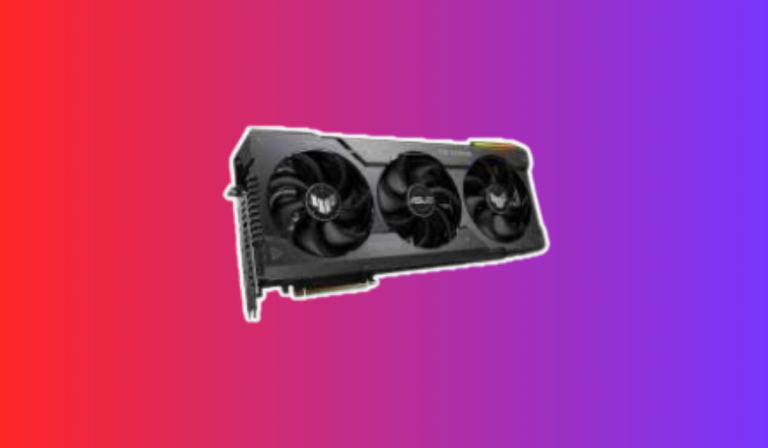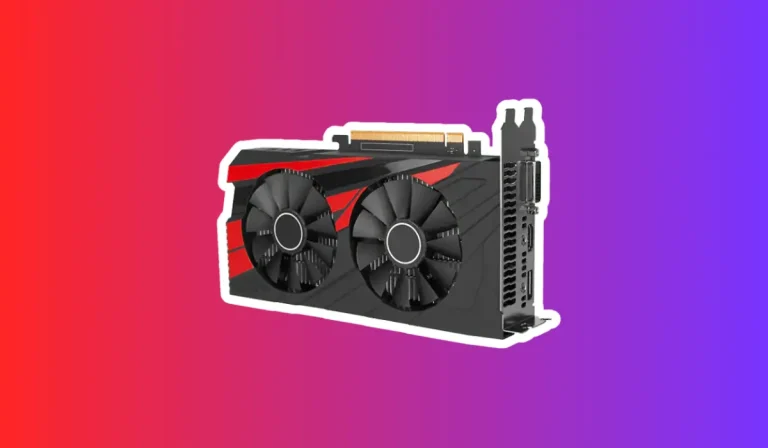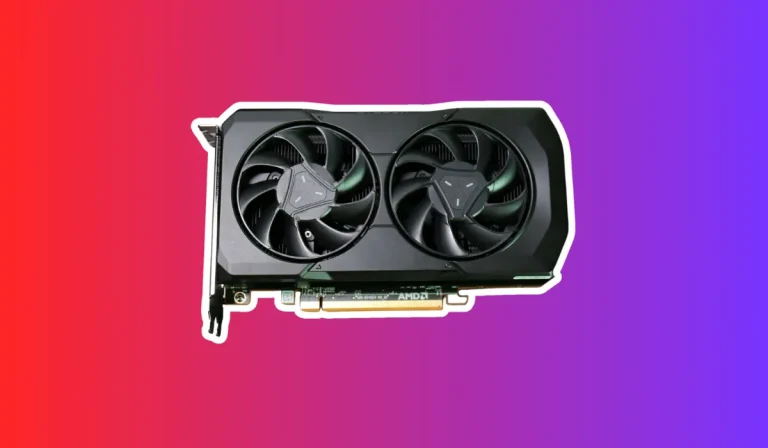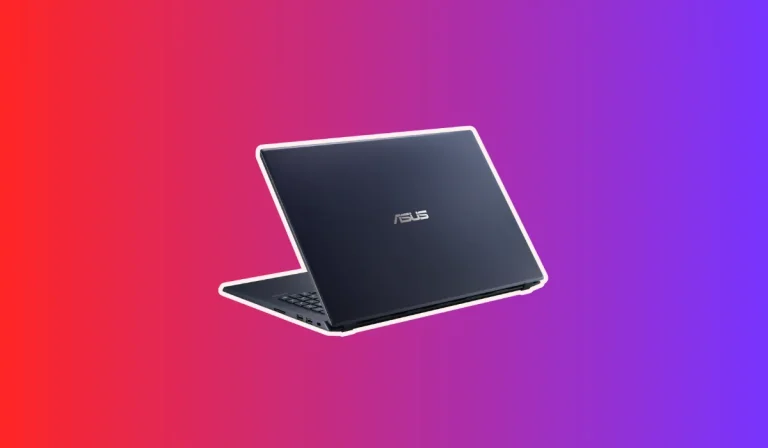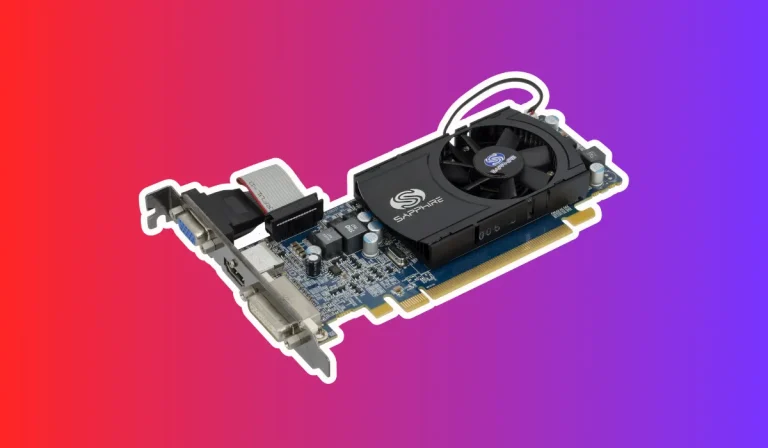How do I check the graphics card memory of a computer?
Are you an avid gamer or someone who frequently works with graphics-intensive tasks? If so, then understanding the importance of checking your computer’s graphics card memory is crucial. In this blog post, we’ll explore why monitoring memory is essential for optimal performance in gaming and graphics-related tasks.
Why Check Graphics Card Memory?
Optimal Performance
Checking your graphics card memory allows you to ensure that your system has enough memory to handle the demands of gaming and graphics-intensive tasks. Insufficient memory can result in lag, stuttering, and reduced overall performance.
By monitoring memory usage, you can identify any bottlenecks and take necessary actions to optimize performance.
Avoiding System Crashes
When your graphics card memory is overwhelmed by the demands of resource-intensive applications, it can lead to system crashes or freezes. By regularly checking your graphics card memory, you can identify if you’re pushing the limits and take preventive measures to avoid crashes.
This may include adjusting in-game settings or upgrading your graphics card if necessary.
Troubleshooting Performance Issues
If you experience performance issues while gaming or working with graphics, checking your graphics card memory can help pinpoint the cause. Insufficient memory or memory leaks can be identified through monitoring, allowing you to take appropriate troubleshooting steps. This might involve closing unnecessary applications, updating drivers, or optimizing memory allocation settings.
Checking Graphics Card Memory on Windows
Task Manager
First, open the Task Manager by pressing Ctrl + Shift + Esc or right-clicking on the taskbar and selecting “Task Manager.” In the Task Manager window, click on the “Performance” tab. Here, you’ll find various performance metrics, including the memory usage of your graphics card.
DirectX Diagnostic Tool
Another way to check your graphics card memory is by using the DirectX Diagnostic Tool. To access it, press the Windows key + R to open the Run dialog box, then type “dxdiag” and hit Enter. In the DirectX Diagnostic Tool window, go to the “Display” tab.
Here, you’ll find detailed information about your graphics card, including its memory size.
Third-Party Software
If you prefer a more comprehensive view of your graphics card memory, you can also use third-party software like GPU-Z or Speccy. These tools provide detailed information about your graphics card, including memory usage, clock speeds, and more.
Checking Graphics Card Memory on macOS
Activity Monitor
Start by opening the Activity Monitor, which can be found in the “Utilities” folder within the “Applications” folder. Once the Activity Monitor is open, click on the “Memory” tab. Here, you’ll find a breakdown of memory usage, including the memory used by your graphics card.
System Information
Another way to check your graphics card memory on macOS is by using the System Information utility. To access it, click on the Apple menu in the top-left corner of your screen, select “About This Mac,” and then click on the “System Report” button.
In the System Information window, navigate to “Graphics/Displays” in the sidebar. Here, you’ll find detailed information about your graphics card, including the VRAM (Video RAM) size.
Third-Party Software
If you prefer a more detailed overview of your graphics card memory, you can also use third-party software like iStat Menus or Macs Fan Control. These tools provide real-time monitoring of various system parameters, including graphics card memory usage.
FAQ’s
1. Is it possible to check the graphics card memory without any additional software?
Yes, you can check the graphics card memory without additional software. Windows users can use the Task Manager or DirectX Diagnostic Tool, while macOS users can utilize the Activity Monitor or System Information utility.
2. Can I check the graphics card memory on any operating system?
Yes, you can check the graphics card memory on both Windows and macOS operating systems. The methods may vary slightly, but there are built-in tools available for both platforms.
3. Are there any third-party software options available for checking graphics card memory? Yes, there are third-party software options available for checking graphics card memory. Popular tools such as GPU-Z and Speccy provide more detailed information about your graphics card, including memory usage.
4. What is the significance of monitoring graphics card memory?
Monitoring graphics card memory is crucial for optimizing performance, avoiding system crashes, and troubleshooting issues related to gaming and graphics-intensive tasks. It allows you to identify any memory-related bottlenecks and take necessary actions.
5. Can checking graphics card memory help determine if an upgrade is needed?
Yes, checking graphics card memory can help determine if an upgrade is needed.
Conclusion
Ensuring that you regularly check the memory of your graphics card is essential for optimizing performance and avoiding potential issues. By using built-in tools like Task Manager or third-party software such as GPU-Z, you can easily monitor your graphics card memory on both Windows and macOS operating systems.
This knowledge allows you to make informed decisions about potential upgrades and ensures a smoother experience for gaming and graphics-intensive tasks.

